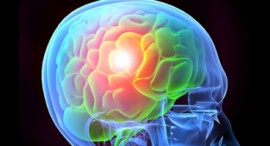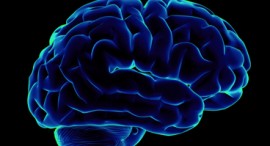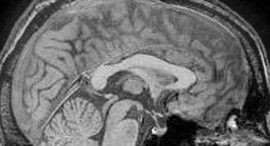
Read More +
BRAIN INJURY PREVENTION
The best way to protect yourself and your family from brain injuries is to prevent them from happening in the first place. Injury prevention is one of the most significant health care issues in the United States.
Read More +
TREATMENT FOR TBI
Anyone with signs of moderate or severe Traumatic Brain Injury (TBI) should receive medical attention as soon as possible.
Read More +
BRAIN INJURY SYMPTOMS
Traumatic brain injury can have wide-ranging physical and psychological effects. Some signs or symptoms may appear immediately after the traumatic event, while others may appear days or weeks later.
Read More +
COMMON CAUSES OF TBI
Traumatic brain injury is caused by a blow or other traumatic injury to the head. The degree of damage can depend on several factors including the nature of the event and the force of impact.THE CONCUSSION CHECKLIST
It's always easy to know if someone has a concussion. You don’t have to lose consciousness to have a concussion. A concussion is a type of traumatic brain injury that is caused by a blow to the head or body, a fall, or another injury that jars or shakes the brain inside the skull. Although there may be cuts or bruises on the head or face, there may be no other visible signs of a brain injury.

READ MORE +
TIPS TO FOLLOW AFTER A CONCUSSION
Common Causes of TBI
Falling out of bed, slipping in the bath, falling down steps, falling from ladders and related falls are the most common cause of traumatic brain injury overall, particularly in older adults and young children.
Collisions involving cars, motorcycles or bicycles — and pedestrians involved in such accidents — are a common cause of traumatic brain injury, particularly among adults in their early 20s.
About 10 percent of traumatic brain injuries are caused by violence, such as gunshot wounds, domestic violence or child abuse. Shaken baby syndrome is traumatic brain injury caused by the violent shaking of an infant that damages brain cells.
Traumatic brain injuries may be caused by injuries from a number of sports, including boxing, football, baseball, lacrosse, skateboarding, hockey, and other high-impact or extreme sports.
Explosive blasts are a common cause of traumatic brain injury in active-duty military personnel. Although the mechanism of damage isn’t well understood, many researchers believe that the pressure wave passing through the brain significantly disrupts brain function. Traumatic brain injury also results from penetrating wounds, severe blows to the head with shrapnel or debris, and falls or bodily collisions with objects following a blast.
Brain AnatomyThe anatomy of the brain is complex due its intricate structure and function.
There are three major divisions of the brain. They are:
+ LEARN MORE +Forebrain
Responsible for a variety of functions including receiving and processing sensory information, thinking, perceiving, producing and understanding language, and controlling motor function.
Midbrain
The midbrain is the portion of the brainstem that connects the hindbrain and the forebrain. This region of the brain is involved in auditory and visual responses as well as motor function.
Hindbrain
Extends from the spinal cord and is composed of the metencephalon and myelencephalon. The metencephalon contains structures such as the pons and cerebellum.



